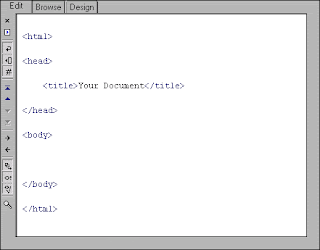Introduction to Maple
Basically, according to what we have learnt Maple is a mathematical software that assists the users to solve mathematical problems. It include numeric computations, to arbitrary precision, as well symbolic computation and visualization.
Apart from that, Maples not only help the user to solve the algebraic equation but also plot the graphs,
differentiations,integrations and generate an annotated printout of the result. Furthermore, it also can store many information (documents,images and notes) in hierarchical structure.
(Example plotting a graph using Maple)
Maple
You can get started by referring to the tutorials that can assist you to use this software. Here we suggest you a very quick tutorial how to use the Maple.
http://www.maplesoft.com/support/training/videos/quickstart/MapleQuickStart.aspx
In order to use the software, we have to get familiar with all the term that must be use to make the system understand to operate. For instance, when we want to use the word operand, instead of typing "operand" we have to type "op". There are many other words or operations and the terms that we have to know before getting used to Maple. As the newbies, we have Maple help to guide us. When you open the software, you go to Help menu and click Maple help.
Conclusion
Overall, we found that this software is very helpful in order for us to
solve some critically complicated mathematical problems.
This is the example of maple language used in the software.
Maple Language |
Meaning |
Example |
eval |
evaluate |
>eval(1/2+1/3); |
subs |
substitute |
>subs(r=3,area); |
sqrt |
Square root |
>sqrt(2+r); |
pol |
polynomial |
>pol:=x^2+4*x-1; |
op |
operand |
>op(3,explist); |














